How to Choose the Right Ball Valve for Your Industrial Needs
In the industrial sector, the choice of the right ball valve is crucial for ensuring efficiency and reliability in fluid control systems. According to a recent report by MarketsandMarkets, the global ball valve market is projected to grow from USD 13.9 billion in 2020 to USD 18.6 billion by 2025, reflecting a Compound Annual Growth Rate (CAGR) of 6.1%. This growth underscores the increasing adoption of ball valves across various industries, including oil and gas, water and wastewater, and chemicals.
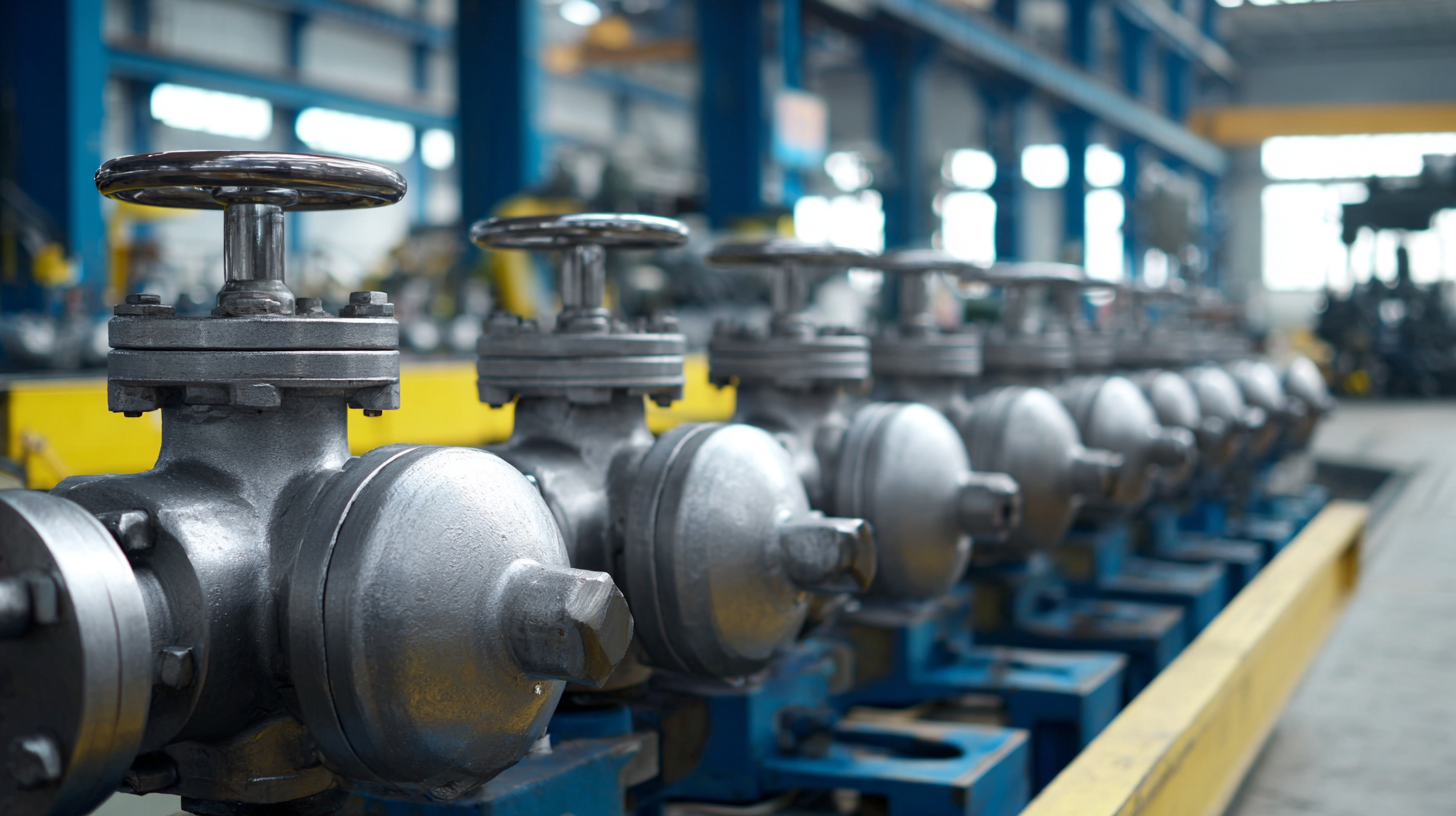
Selecting the appropriate ball valve involves understanding the specific requirements of your application, including factors such as pressure ratings, temperature, materials, and flow characteristics. As industries strive for enhanced operational performance and safety, making informed decisions around ball valve selection becomes imperative for maintaining system integrity and optimizing processes.
Understanding Different Types of Ball Valves for Industrial Applications
When selecting a ball valve for industrial applications, it’s essential to understand the various types available to meet specific operational demands. The most common types include full-port, reduced-port, and V-port ball valves.
Full-port ball valves allow for maximum flow with minimal pressure drop, making them ideal for applications requiring unrestricted fluid passage. Conversely, reduced-port valves are designed with a smaller opening, which can lead to pressure drops but are often more cost-effective for applications where flow control is less critical.
Another important type is the V-port ball valve, which features a specially designed ball that allows for precise flow regulation. This type is especially useful in applications requiring fine-tuning of flow rates, such as in chemical processing or water treatment.
Additionally, there are specialized options, including cryogenic and corrosion-resistant ball valves, tailored for extreme temperatures or highly corrosive environments. Understanding these distinctions ensures that you select the right valve for your specific industrial needs, optimizing performance and longevity in your systems.
Key Factors to Consider When Selecting a Ball Valve
When selecting a ball valve for industrial applications, several key factors must be taken into account to ensure optimal performance. First and foremost is the material compatibility, as the valve's construction material must withstand the specific media being handled. For example, according to a report by MarketsandMarkets, the global ball valve market size is expected to reach $12.3 billion by 2025, driven by the increasing demand for robust materials resistant to corrosion and high temperatures, such as stainless steel and PVDF. Understanding the chemical properties of the fluids involved can significantly extend the life of a valve and minimize maintenance costs.
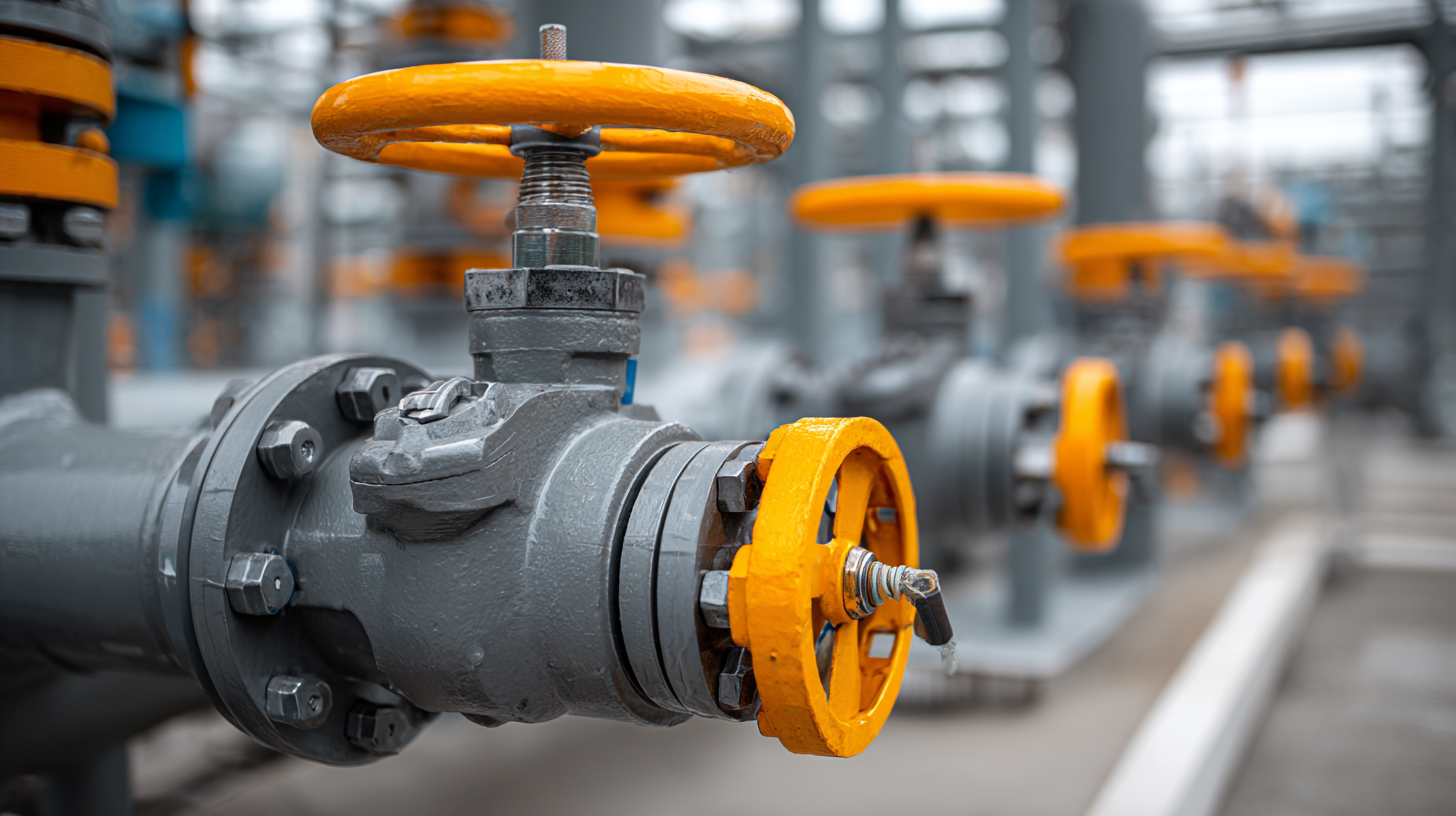
Another critical factor is the valve's size and flow rate capacity. The American Society of Mechanical Engineers (ASME) suggests that improper sizing can lead to cavitation, which can damage the valve and increase energy costs. Therefore, it's essential to calculate the flow requirements accurately, taking into consideration factors such as pressure drop and the viscosity of the fluid. A properly sized ball valve not only ensures efficient operation but also enhances the overall reliability of the system, reducing downtime and maintenance scheduling.
Evaluating Material Compatibility for Ball Valve Selection
When selecting a ball valve for industrial applications, evaluating material compatibility is crucial to ensure optimal performance and longevity. According to a report by the Global Ball Valve Market Analysis, the right material selection can reduce maintenance costs by up to 30% and significantly extend the operation life of the valve. This is particularly important in environments involving harsh chemicals or extreme temperatures. For instance, stainless steel is often preferred for its corrosion resistance, while PTFE-lined ball valves are ideal for applications involving aggressive fluids.
Moreover, the American Society for Testing and Materials (ASTM) provides guidelines on material compatibility, emphasizing the importance of understanding the chemical properties of the fluids involved. Compatibility charts indicate that using an incompatible material can lead to swelling, cracking, or premature failure of the valve, which can result in costly downtime. Thus, thorough analysis of the environmental conditions and fluid characteristics, including pressure and temperature ranges, is essential in selecting the right ball valve. Ensuring that the materials meet industry standards not only enhances safety but also supports regulatory compliance, making it a key consideration in industrial valve selection.
Assessing Flow Rates and Pressure Requirements for Your Valve
When selecting the right ball valve for industrial applications, assessing flow rates and pressure requirements is crucial. According to the American Society of Mechanical Engineers (ASME), valves are often specified based on the maximum allowable pressure drop and the desired flow rate. A typical ball valve should ideally operate within a pressure range of 150-300 psi, depending on the medium being controlled. Understanding these parameters will help ensure efficient system performance and longevity of the valve.
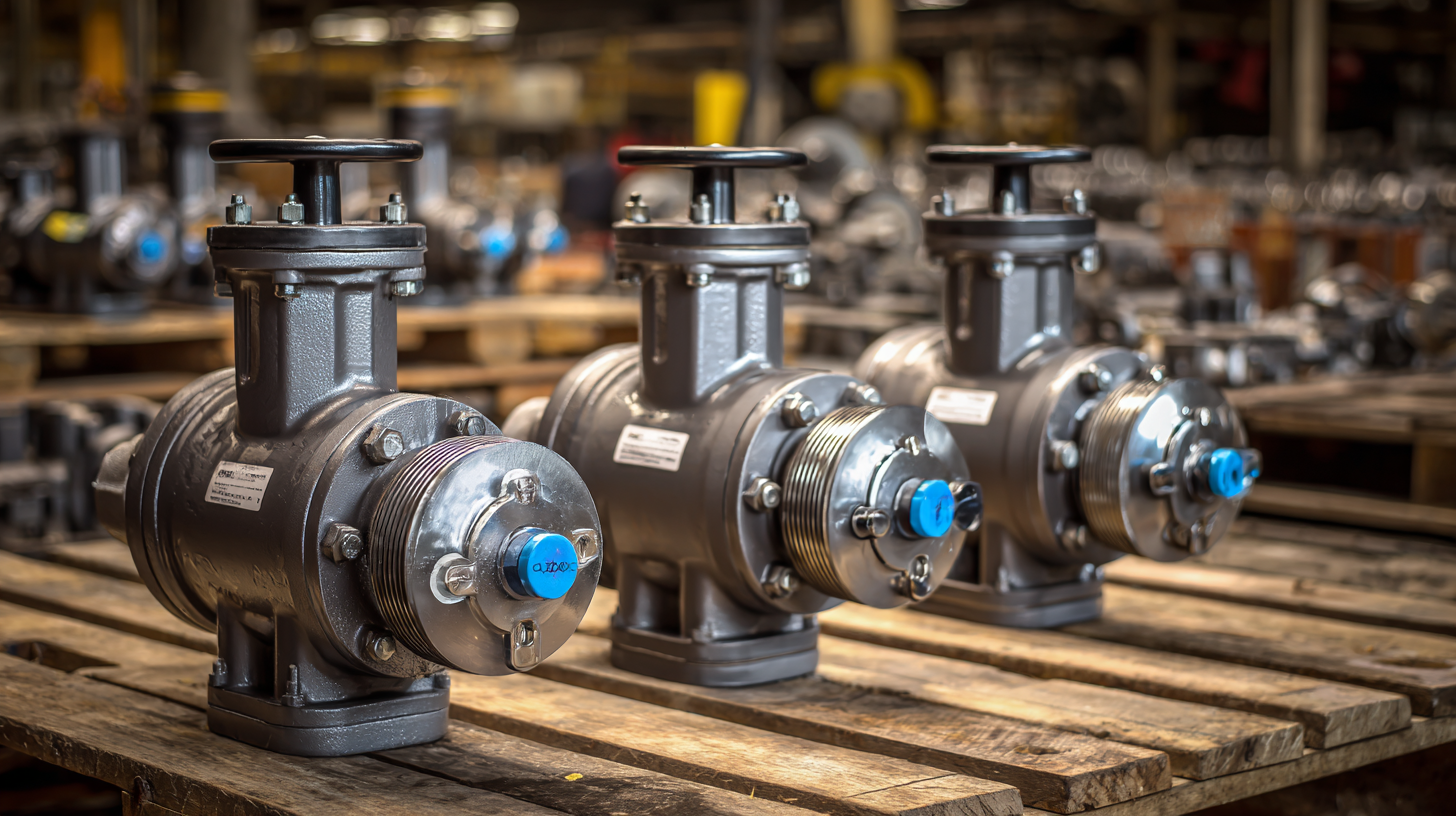
Tips for evaluating flow rates include calculating the Cv value, which represents the valve's capacity to allow fluid flow. A Cv value of 1 allows for a flow of 1 gallon of water per minute with a 1 psi pressure drop. For industrial environments where high flow rates are essential, selecting a valve with a higher Cv can dramatically improve system efficiency. Additionally, consider the type of fluid (liquid vs. gas) as well as viscosity. A higher viscosity fluid may require a valve with a more significant Cv to maintain desired flow rates.
Finally, always consider the operational conditions: temperature and pressure can significantly impact the choice of materials and the valve design. The International Journal of Fluid Mechanics highlights that valve performance can degrade if pressure ratings are consistently exceeded, leading to leaks and failures. Adequate planning around the anticipated pressure and flow will pave the way for selecting the right ball valve that meets your specific industrial requirements.
Maintenance and Longevity Considerations for Industrial Ball Valves
When selecting a ball valve for industrial applications, maintenance and longevity are critical factors to consider. Regular inspection and upkeep can significantly extend the life of a ball valve. It's essential to check for signs of wear, leaks, or corrosion to ensure optimal performance. Proper lubrication is also vital to prevent operational issues and maintain a smooth opening and closing mechanism. Implementing a routine maintenance schedule can help identify potential problems before they escalate, ultimately saving on costly repairs and downtime.
Additionally, the choice of materials plays a crucial role in the valve's lifespan. Industrial environments can expose valves to harsh chemicals, extreme temperatures, and high pressures, which can accelerate wear. Opting for high-quality materials, such as stainless steel or special alloys, can enhance durability and resistance to corrosion. Furthermore, selecting valves with features like blowout-proof stems or reinforced seats can contribute to increased reliability. By prioritizing maintenance and choosing the right materials, businesses can ensure that their ball valves operate effectively over the long term, achieving both efficiency and cost-effectiveness in their processes.
Related Posts
-

The Future of Innovation in Ball Valve Technology
-

Understanding the Unique Features of Ball Valve Types for Industrial Applications
-
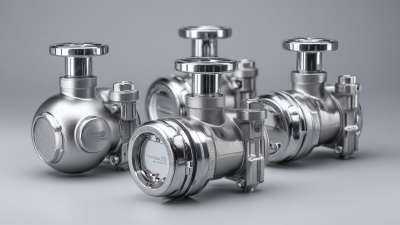
How to Choose the Right Ball Valve for Your Industrial Needs
-
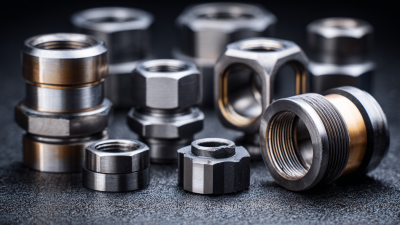
The Future of Best Compression Fittings Revolutionizing Global Supply Chains
-
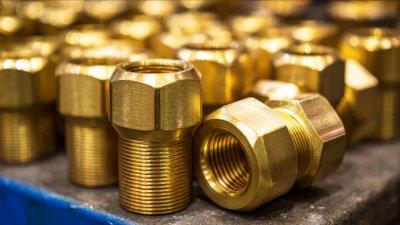
7 Essential Tips for Sourcing High-Quality Brass Elbows in Today's Global Market
-

5 Essential Tips for Choosing Quick And Easy Fittings for Your Projects
